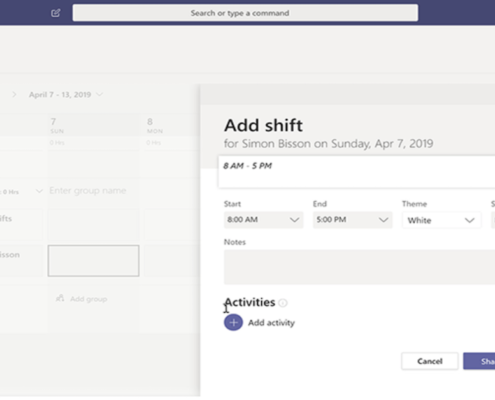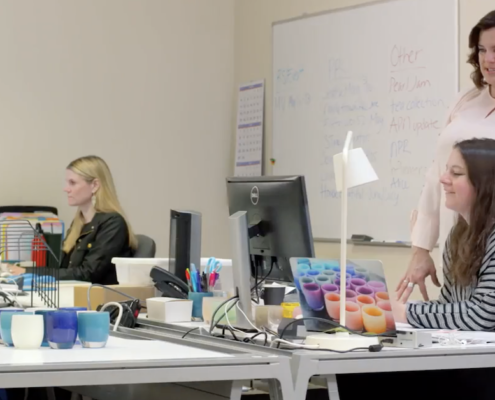
Making Frontline Workers the new focus for digital transformation
Frontline Workers can help with your digital transformation—if they have the right tools. Does your workforce have the solutions they need? Check out what Harvard Business Review and Microsoft have to say about it. Don't forget to subscribe so you can stay up to date with all the latest news.

Microsoft Azure supports your Java workloads and processes
Microsoft Azure can help achieve your goals with the freedom and flexibility to build, manage, and deploy Java applications anywhere.
Trust your cloud, operate hybrid seamlessly, build on your own terms, and be future-ready. Sign up and connect! We'll help you modernize your Java apps and stay up to date on the latest in cloud computing.

Subscribe Now
Microsoft is working around the clock to bring you best-in-class experiences, whether you're in-office or at home. Don't miss the latest features Windows Virtual Desktop has to offer. Subscribe to learn more.

Transition to Cloud: Secure your business with technology you can trust
The global shift to virtual business has created a new world of opportunities, but it has also introduced new challenges—and we know that digital transformation is essential for organizations to succeed. Need proof? This infographic illustrates how organizations further along in their transition from on-prem to the cloud are more likely to report positive experiences among employees and end users about securing data and personal privacy. With Microsoft 365, businesses stay nimble with cost savings and cloud advances, even during uncertain economic times.

Teams for Frontline Workers: collaboration for workers, everywhere
Empower your Frontline Workers to collaborate easily with Microsoft Teams tools like Shifts and Kaizala. When they can collaborate, they can boost productivity. Learn how these tools can help your employees who interact with retail customers or handle field service support. Read on:

How to migrate to the cloud
The transition from local servers to the cloud is a multistep process that requires preparation. The steps are similar—they just vary depending on the size, infrastructure, and cloud migration goals of each company. Compliance with this basic checklist and experienced professionals should ensure a smooth transition. Forbes offers a step-by-step guide on how to correctly migrate to the cloud and our team of experts at can assist you in defining where you are in this process.

Four strategies for modernizing your business applications
Among the options for application modernization is a spectrum—running from a simple lift-and-shift of the application to a new platform to a full rewrite. Each of these strategies responds to specific situations and requirements, so it's important to understand which one is best for your business.
Subscribe to learn about the four strategies for modernizing your business applications. We can help you stay connected and up to date on the latest cloud computing trends.

New tools to help IT empower employees securely in a remote work world
Regardless of the industry you're in, enabling your team to work from anywhere requires confidence and control. Check out the new ways Windows Virtual Desktop helps employees work remote securely.

Glassybaby empowers Frontline Workers with Office 365
Glassybaby uses Office 365 from Microsoft to help their Frontline Workers spend less time on tedious work and more time connecting with each other and their customers. Scheduling is easier, communication is faster, and the employees work more efficiently. Their founder says it alleviates stress and brings joy. Learn how in this video:

Fast forward: How cloud computing could transform risk management
At a time when risk management leaders are being asked to process greater amounts of data in shorter amounts of time, cloud computing with Microsoft 365 could unlock considerable benefits. Learn how decision makers in banking—an industry known for its reluctance in the transition to cloud—are now migrating to a cloud-enabled platform to streamline upgrades. Instead of spending time and effort configuring new capabilities on disconnected legacy systems, risk teams let their technology partners manage both the software and hardware upgrades.
